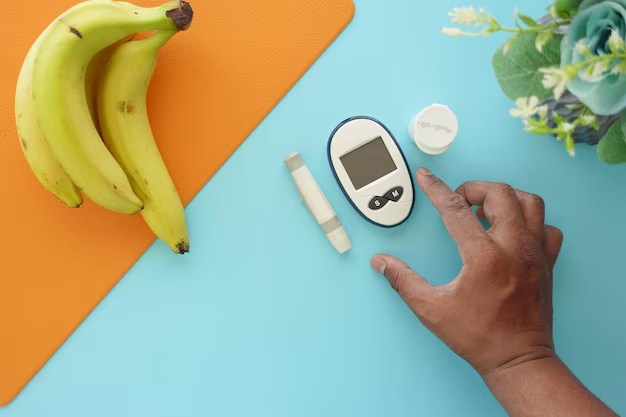Understanding Diabetes Mellitus Type 2: What You Need to Know
Diabetes Mellitus Type 2 is a chronic condition that affects the way your body metabolizes sugar (glucose), which is a vital energy source for your body's cells. Unlike Type 1 diabetes, where the body does not produce insulin, Type 2 diabetes occurs when your body becomes resistant to insulin or doesn't produce enough insulin to maintain normal glucose levels.
What Causes Type 2 Diabetes?
The exact causes of Type 2 diabetes are still not entirely understood, but a combination of genetic and environmental factors appears to contribute. Some key risk factors include:
- Obesity: Excess weight, especially around the abdomen, increases insulin resistance.
- Physical Inactivity: A sedentary lifestyle contributes to weight gain and poor insulin function.
- Poor Diet: Consuming high amounts of sugar and unhealthy fats can boost your risk.
- Family History: A family history of Type 2 diabetes can increase your chances of developing the condition.
Symptoms to Watch For
Symptoms of Type 2 diabetes often develop slowly and can include:
- Increased thirst and frequent urination
- Extreme hunger
- Unexplained weight loss
- Fatigue
- Blurred vision
- Frequent infections
Detecting these symptoms early and seeking medical advice is crucial to managing the condition effectively.
Managing Type 2 Diabetes
Living with Type 2 diabetes requires changes in lifestyle and awareness of your daily habits. Key management strategies include:
- Healthy Eating: Focus on balanced diets rich in whole foods like fruits, vegetables, and lean proteins.
- Regular Exercise: Aim for at least 150 minutes of moderate aerobic activity weekly, such as walking or cycling.
- Monitoring Blood Sugar Levels: Regular self-checks can help you maintain an optimal glucose range.
- Medication: In some cases, lifestyle changes alone are not enough, and medications such as Metformin may be prescribed to improve insulin sensitivity.
Financial Implications and Support
Managing Type 2 diabetes can be challenging, especially considering the financial costs of medication, supplies, and doctor visits. Fortunately, several financial assistance programs and options are available:
- Government Assistance Programs: Medicare and Medicaid can provide coverage for people with diabetes.
- Non-Profit Organizations: Many organizations offer resources and assistance to help cover diabetic supplies and medications.
- Hospital and Clinic Discounts: Some hospitals offer financial assistance or sliding-scale payment options based on your income.
If you're managing this condition, also consider exploring broader financial options like credit solutions to help manage any medical debt or educational opportunities to learn more about diabetes management.
Take Charge of Your Health and Finances
While living with Type 2 diabetes might seem daunting, understanding the condition and utilizing available resources can dramatically improve your quality of life. By maintaining a healthy lifestyle and leveraging financial and educational support, you can take control of both your health and financial future.
Here is a quick overview of helpful resources available:
- 🌟 Medicare/Medicaid: Government programs that help cover medical costs.
- 🎗 Patient Assistance Programs: Offered by pharmaceutical companies for medication.
- 💳 Debt Relief Options: Seek financial or credit counseling to manage medical debt.
- 🎓 Educational Grants: Institutions may offer courses to further understand diabetes care.
Taking these steps can empower you to manage your diabetes effectively and ensure you are financially prepared to handle the associated costs.
